Inductors
At this point, you should understand the analogy between the sand filter and the resistor, and the membrane and the capacitor. For most students, the least understood of the three circuit elements is the inductor.
Explaining an inductor in terms of this analogy with a flow of water is fortunately no more difficult than explaining a capacitor: we will associate the inductor with a water wheel which sits in the flow flow of water as is shown in Figure 1.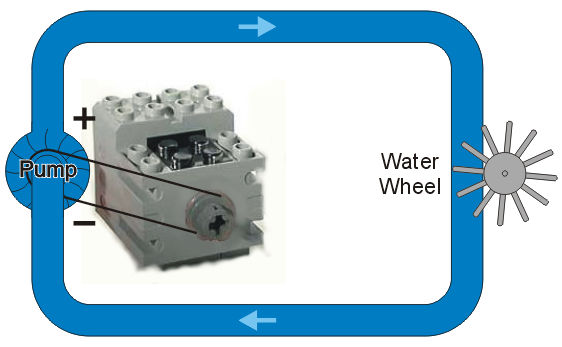
Figure 1. A water wheel in the pipe.
Initially, as the water wheel has mass, it does not turn (that is, it opposes the force of the pump). However, the force slowly begins to cause the wheel to turn and soon the wheel is turning at a rate equal to the flow of the water, as is shown in Figure 2. If the water is not moving, the water wheel will oppose any flow. If the water wheel is moving, it will resist any change to the flow. If the power to the pump is turned off, the water wheel will continue to turn.

Figure 2. The water wheel in motion.
A Sand Filter in Parallel
Suppose we place a sand filter in parallel with the water wheel as is shown in Figure 3. A valve in front of the pump is currently open.
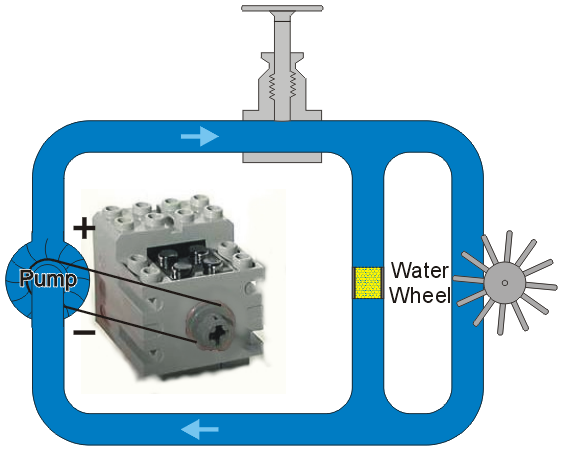
Figure 3. A valve, water wheel, and sand filter.
Initially, the inertia of the water wheel prevents any flow in the second pipe and therefore all of the flow is passing through the sand filter, as is shown in Figure 4.

Figure 4. Initially, all flow passes through the sand filter.
However, as time goes on, the water wheel begins to spin and when the water wheel is turning at the same rate as the flow from the pump, no water will pass through the sand filter. This is shown in Figure 5.

Figure 5. The water wheel is spinning and no flow passes through the filter.
If we now close the valve, the wheel is still spinning on its own inertia but is now pushing the water through the sand filter.

Figure 6. The wheel continues to turn when the valve is shut.
The sand filter is resisting the flow of water and ultimately the water wheel will stop rotating as shown in Figure 7.
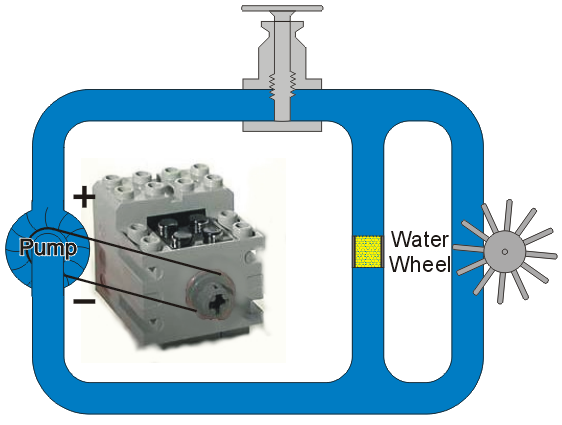
Figure 7. The energy of the turning wheel is dissipated in the sand filter.
A Water Wheel and Membrane in Parallel
Consider now a membrane and water wheel in parallel. Initially, as shown in Figure 8, there is a lot of resistance to flow from the water wheel while there is no resistance at the membrane. Thus, the entire flow starts through the pipe with the membrane.
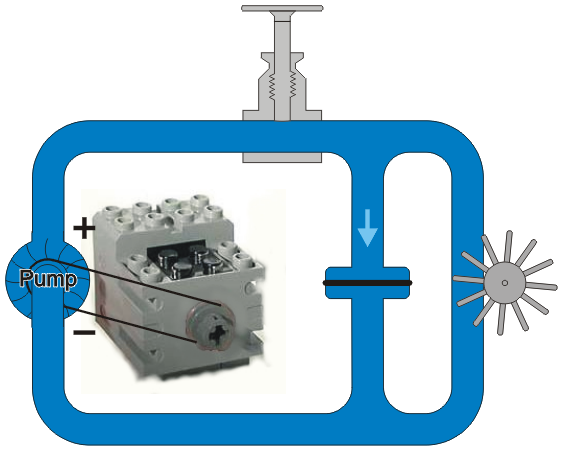
Figure 8. Flow begins through the pipe with the membrane.
As the membrane becomes distorted and begins to oppose the flow of water, there is force on the wheel which begins to turn, shown in Figure 9.

Figure 9. The water wheel begins turning.
Once the water wheel begins spinning at the same rate as the flow, there is no force on the membrane and the membrane returns to its neutral unstretched position.
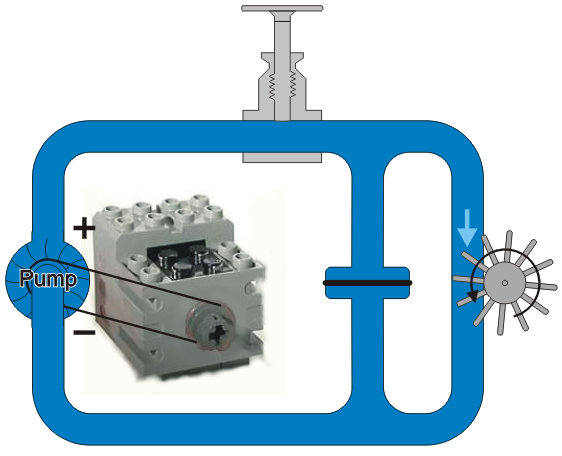
Figure 10. The wheel matches the flow and the membrane returns to
the neutral position.
If the valve is shut, the wheel is still turning and now it pushes the water up the pipe with the membrane as shown in Figure 11. The membrane will begin to stretch in the opposite direction.
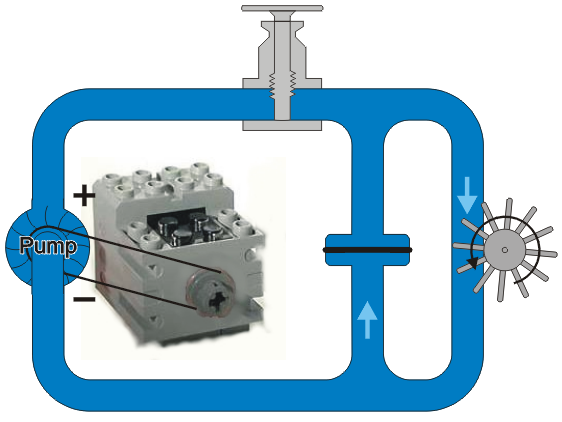
Figure 11. With the valve shut, the water is forced to flow flow up the first pipe.
As the membrane is stretched, a force is exerted in the opposite direction which opposes the rotation of the wheel until the membrane is fully stretched and the water wheel stops, as is shown in Figure 12.
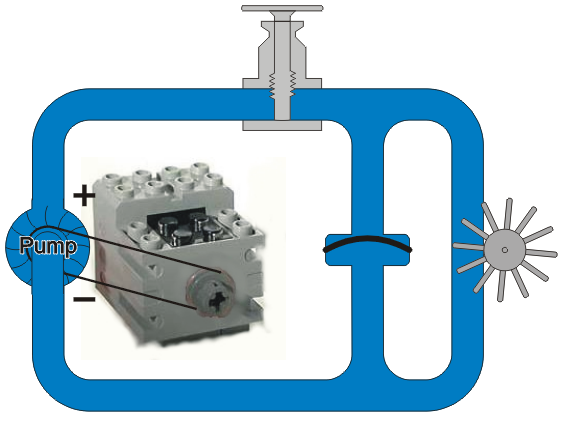
Figure 12. A fully stretched membrane.
Now the membrane begins to push back to return to its neutral position and this in turn causes the water wheel to rotate. When the membrane is back it its neutral position, however, the the water wheel now rotating, as is shown in Figure 13.
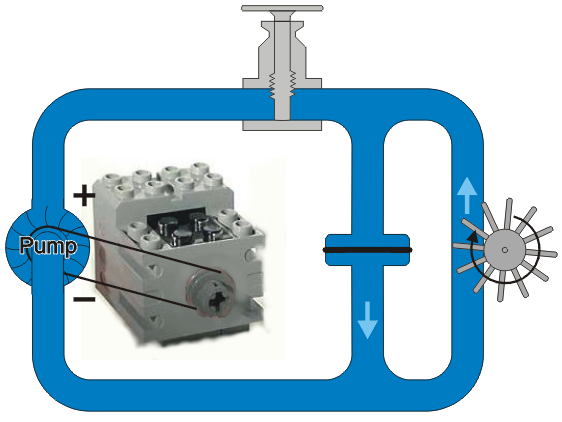
Figure 13. The membrane returns to the neutral position but the
water wheel is turning.
Consequently, the membrane begins to stretch in the opposite direction, as is shown in Figure 14.
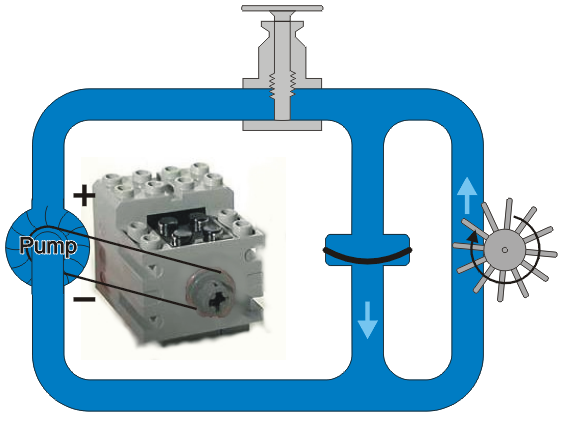
Figure 14. The membrane begins to stretch down.
If there was no friction in this system and all the components were ideal, then this process would go on indefinitely; however, in reality, there is always some resistance. Figure 15 puts a sand filter into the loop. This sand filter would ultimately absorb the energy being stored in the stretch of the membrane and the inertia of the moving water wheel until, in time, the system returns to a neutral state with no flowing water.
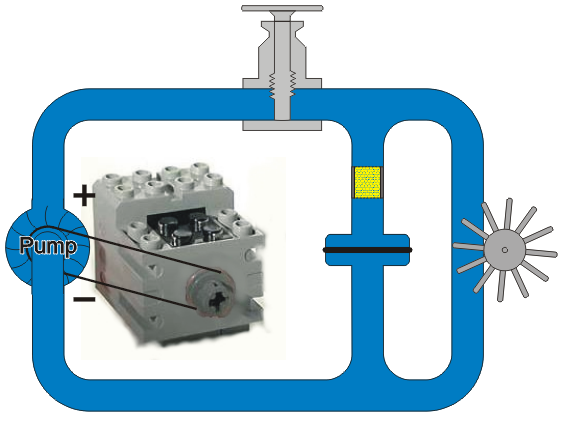
Figure 15. A sand-filter—water-wheel—membrane
cycle.



